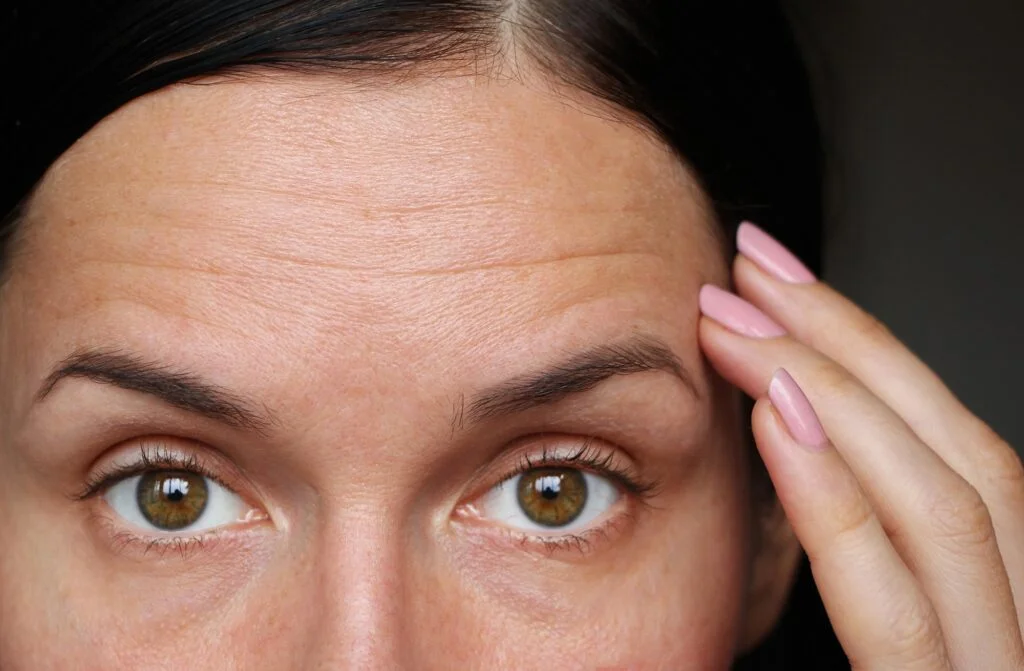Dermal Fillers
Sculpting and shaping using injectable fillers is one of the non-surgical procedures performed by our injectable team to combat the signs of aging. Treating each patient individually, fillers can be used to volumize, camouflage, or fill lines, as well as augment the tissues to turn shadows into highlights. Immediate transformations can often be accomplished with minimal downtime while enjoying long-lasting and natural-looking results.

Who Is a Good Candidate for Injectable Fillers?
Ideal candidates for injectable fillers are individuals seeking to address signs of facial aging and/or enhance particular facial features without having to undergo surgery. Patients should also be in good general health and understand that although dermal fillers can create exceptional results when performed safely and correctly, treatment may need to be repeated on a periodic basis to maintain an optimal outcome.
“I highly recommend Dr. Shadfar. He and his staff are professional and courteous and I have the utmost confidence in their abilities.”
What Does the Dermal Filler Treatment Involve?
While fillers can be injected in our office with topical anesthetic cream, most patients do not require any anesthetic. Depending on the site of treatment, there are several types of fillers that can be used. Our injection team makes use of delicate microcannulas to thread and layer the injectable dermal fillers into the exact plane within the areas of concern. This technique may provide less swelling, bruising, and pain for patients so they can benefit from a quicker recovery.
Are There Any Side Effects of Dermal Fillers?
The most common side effects of dermal fillers include some mild swelling and potential redness in the targeted area(s), though these symptoms are typically temporary and should fade relatively quickly. Issues like bruising and lingering discomfort are rare, and the vast majority of individuals are able to resume normal, non-strenuous daily routines immediately after treatment. In fact, many patients choose to receive injectable fillers on their lunch break.

How Long Do Injectable Fillers Last?
The longevity of results from dermal fillers will depend on the particular injectable treatment performed, the specific concern it is used to address, and how the solution reacts with one’s body. In general, fillers like JUVÉDERM® and Restylane® last approximately six months (possibly longer), though this can vary depending on the treatment application. For example, when JUVÉDERM® is administered to minimize lines around the mouth and nose, the results of treatment tend to remain noticeable for nine to twelve months for many individuals. Restylane® Silk—which is used to diminish crow’s feet, frown lines, and various other concerns—typically lasts anywhere from three to six months, and the volumizing effects of JUVÉDERM VOLUMA™ XC often endure at least 18 months for numerous patients. Our injection team can provide a more personalized answer to this question based on the dermal fillers selected for treatment.
What Can I Expect in My Dermal Filler Recovery?
Following injection of dermal fillers, patients are usually free to go about their day with little to no restrictions. A cool compress is provided to patients and can be used for the first day after injection. Patients may notice swelling around the site of each injection with some redness that fades by that evening. Infrequently, patients may experience bruising following injections. The effects of the injections are immediate, and patients can expect to see their final results by day two or three.
Additional Frequently Asked Questions About Dermal Fillers
Do Dermal Fillers Have Any Treatment Limitations?
Although injectable fillers are highly versatile, there are certain cosmetic concerns that cannot be adequately treated with this non-surgical option. For instance, if moderate to significant skin laxity and/or deep folds and wrinkles are present, a surgical procedure such as a facelift or brow lift (depending on the location of one’s concerns) will often provide a superior and longer-lasting enhancement. At the time of the consultation, our injection team can perform a thorough physical examination and comprehensively discuss one’s aesthetic desires to determine the most appropriate treatment options.
Who Should Administer My Injectable Treatment?
Not all injectors are required to be medical doctors, so it is important to research the skill and credentials of an injector prior to proceeding with treatment. At Shadfar Facial Plastic Surgery, our injection team performs all dermal filler injections to ensure an optimal level of precision and safety. Having undergone extensive fellowship training in facial plastic surgery, and being dual board-certified, Dr. Shadfar has trained each of our skilled injectors on the team to have a complete understanding of the various skin and muscle tissues of the face, as well as a keen eye and deep appreciation for facial balance and aesthetics. Our injection team has performed numerous dermal filler injections over many years, and have refined and designed their approach to achieve incredibly natural-appearing results with minimal to no side effects or downtime.
Can Dermal Fillers Be Used for a Liquid Facelift?
A surgical facelift can often produce long-lasting and satisfactory results; however, a non-surgical facelift, also known as a “liquid facelift,” can be performed via dermal filler treatment. The injectables can address issues such as fine lines, facial wrinkles, and lost volume to create a rejuvenated appearance. A liquid facelift can be an ideal solution for individuals who may not need a surgical facelift to achieve their facial enhancement goals; however, it may not be the best option for patients affected by sagging, inelastic facial skin or for those wishing to experience results that can last several years into the future. Our injection team can evaluate your concerns and determine whether a liquid facelift is the best solution for your needs.
Can Dermal Fillers Be Used for a Liquid Rhinoplasty?
While dermal fillers cannot produce the same results as a surgical rhinoplasty, there may be options that can address certain cosmetic issues for patients who have not had surgery. Some injectables that contain hyaluronic acid may be able to add volume beneath the skin’s surface, thus correcting aesthetic concerns like mild bumps or a slightly misaligned appearance. Unfortunately, a liquid rhinoplasty cannot make a nose smaller, and we do not perform injections on patients who have already had surgery on their nose. Once our team examines the nasal area, we can talk with you about whether a liquid rhinoplasty can serve as an ideal option to achieve your goals. Most patients are better surgical candidates.
For more information about dermal fillers, contact our office today to schedule a consultation.






